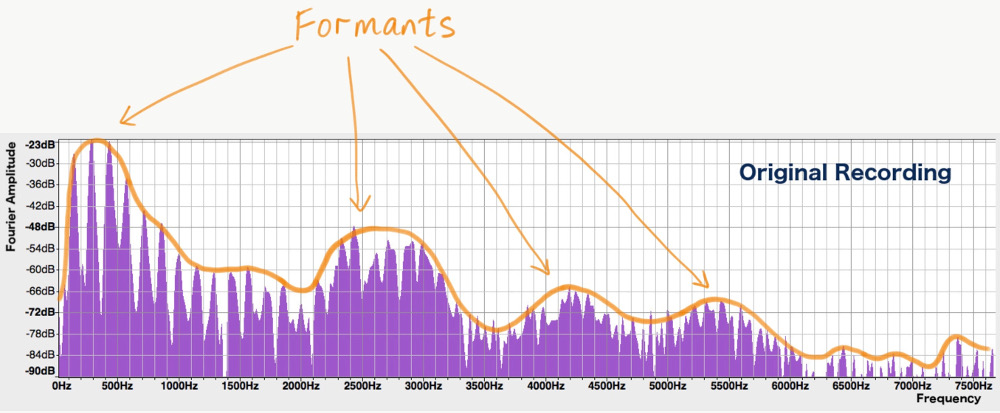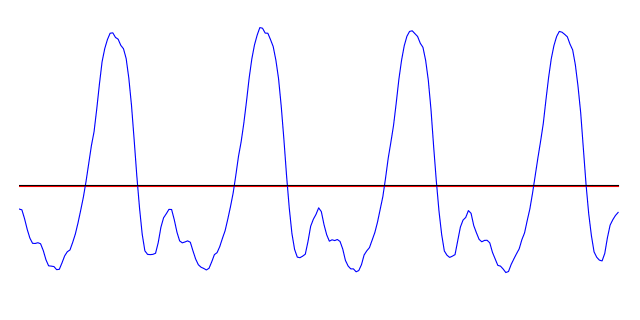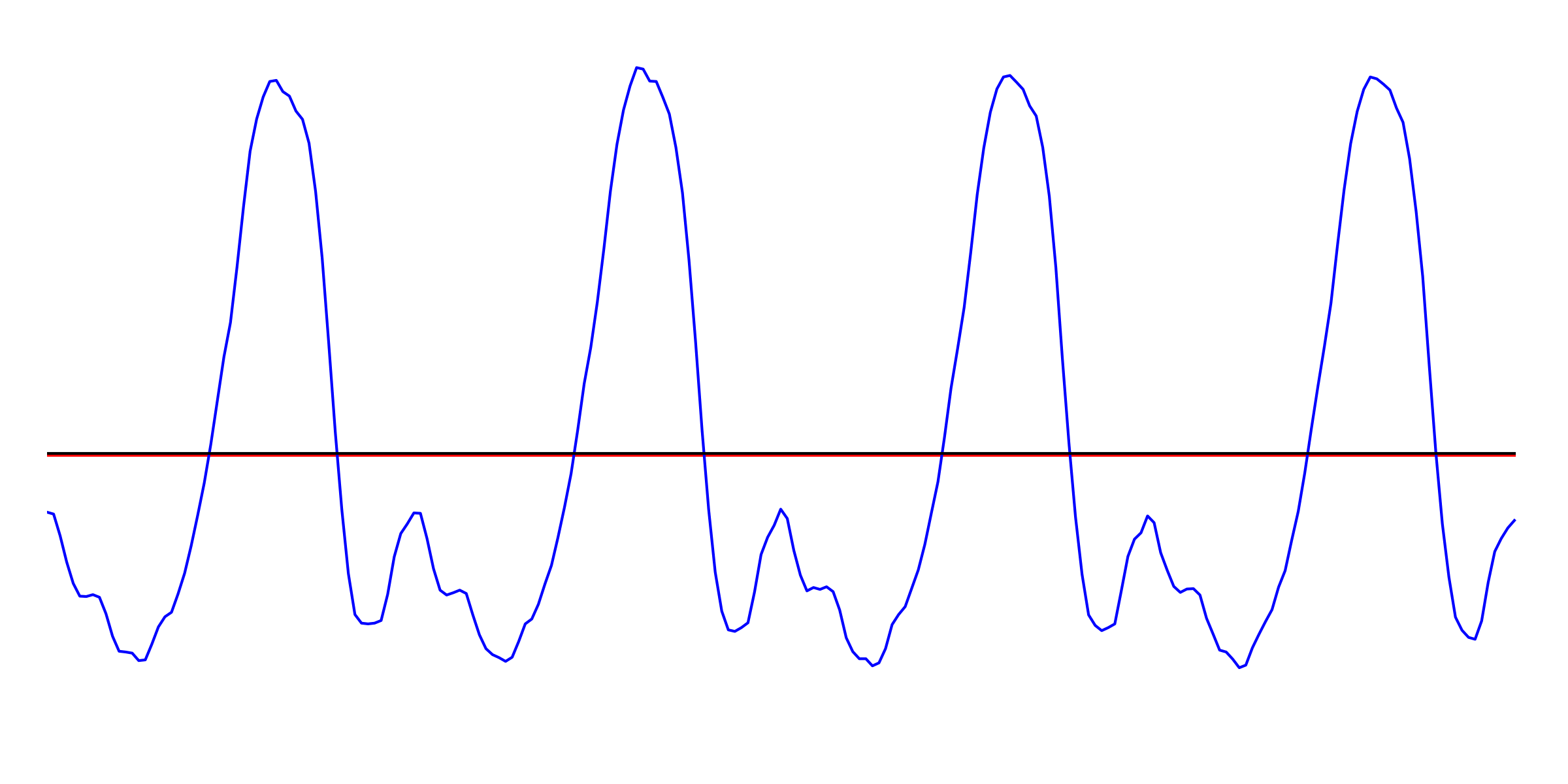Here’s a novel idea from the King’s College Choir:
In the video, one of the choristers gets help hitting a high note by taking a breath from a large helium balloon. (Obligatory warning: it’s dangerous to try this at home.) So… does this actually work? Does inhaling helium really make your voice higher?
In an earlier post, we looked at how the pitch of your voice depends on … Read the rest





